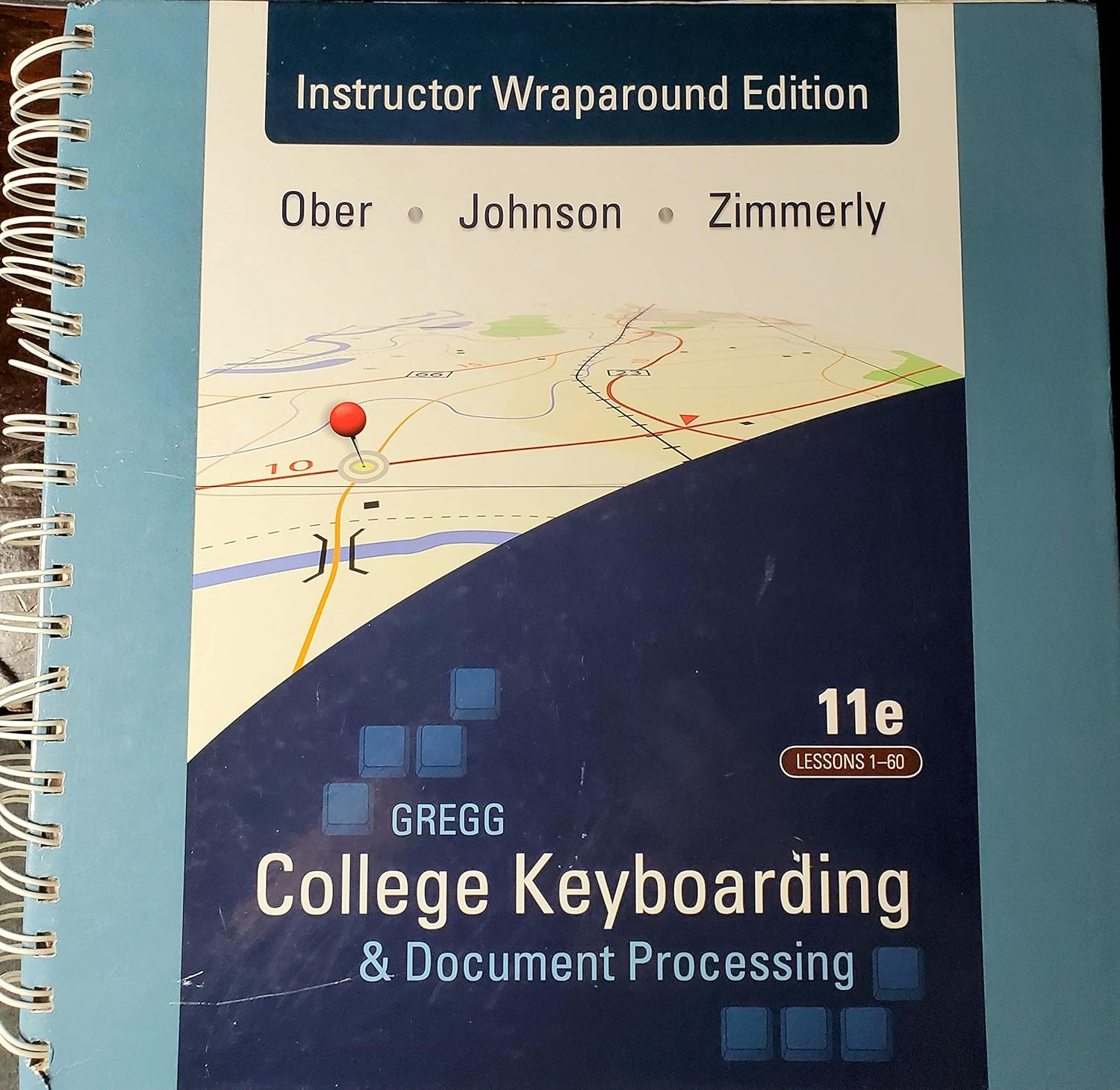About this deal
Freezing off lesions with liquid nitrogen can be used for actinic and seborrhoeic keratoses, warts and skin tags. Your doctor applies liquid nitrogen to the area for around 10 seconds, using either cotton wool or a spray. A blister forms after the treatment. It dries up to form a scab, which falls off one to two weeks later (sometimes longer). Scooping away (curettage)
Skin lesions can be present from birth or develop over your lifetime due to sun exposure, bacteria, allergies, or chronic conditions. They can vary in appearance and may or may not be cancerous.We don’t know why some people develop keloid scars. But they seem to form when your body produces too much of a skin protein called collagen. They’re more common in people with dark skin, and tend to develop between the ages of 10 and 30. Keloid scars may be more likely if you’ve had one before or someone in your family has. Skin lesions are areas of skin that are growing abnormally or look different from the surrounding normal skin. Types of benign (non-cancerous) skin lesions include:
Cryotherapy is a method used for warts, actinic keratoses, and seborrheic keratosis, in which liquid nitrogen is applied to the lesion to freeze it. Following the procedure, the lesion will blister and peel away. For example, if eczema is scratched, a crust may form. The crust is a secondary lesion. Primary Skin Lesions It is possible to get both urticaria and angioedema at the same time. Treatment for both conditions is similar. If breathing is affected, it is essential to seek emergency medical attention immediately. Bennett, D. Lee; El-Khoury, Georges H. (6 May 2004). "General approach to lytic bone lesions". Appliedradiology.com . Retrieved 2016-03-03. Skin lesions appear anywhere on your body. The type of skin lesion varies by location. For example, acne and eczema are skin lesions that occur in a particular pattern. How common are skin lesions?It is a chronic condition, meaning that there is no cure, but medications and lifestyle changes can manage the symptoms.
Silicone sheets, gels or sprays. You can buy these from a pharmacist without a prescription. After several months they can make the keloid thinner and paler. Atrophy: Skin that is paper-thin, transparent, and wrinkled. It is usually due to the use of a topical medicine like steroids. However, topical antivirals like these are not always effective. A person may be more likely to see results if they use prescription antiviral medication. Medical News Today has strict sourcing guidelines and draws only from peer-reviewed studies, academic research institutions, and medical journals and associations. We avoid using tertiary references. We link primary sources — including studies, scientific references, and statistics — within each article and also list them in the resources section at the bottom of our articles. You can learn more about how we ensure our content is accurate and current by reading our editorial policy.Urticaria and angioedema are very similar. Urticaria only affects the skin, though, and each mark lasts less than 24 hours. Angioedema may last for days.
 Great Deal
Great Deal 